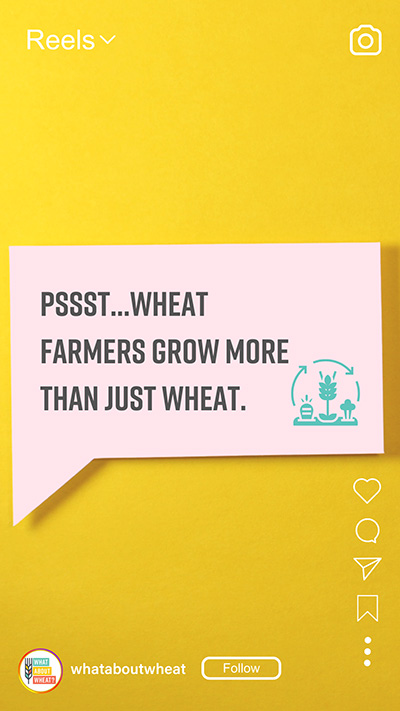Is bread healthy?
Sarah Remmer, registered dietitian and family nutrition expert, explains why bread is the ideal go-to food for you and your family.
Did you know pasta is a low glycemic food?
Pasta made with durum wheat is special. It’s a low glycemic food that can help you manage your blood sugar, regulate your appetite, and support diabetes management.
How does gluten impact the texture of sourdough bread?
Gluten is a unique plant protein found in wheat and rye that has important functional attributes for baking.


















